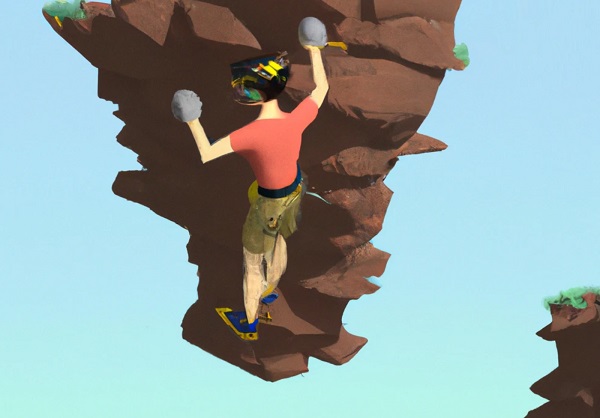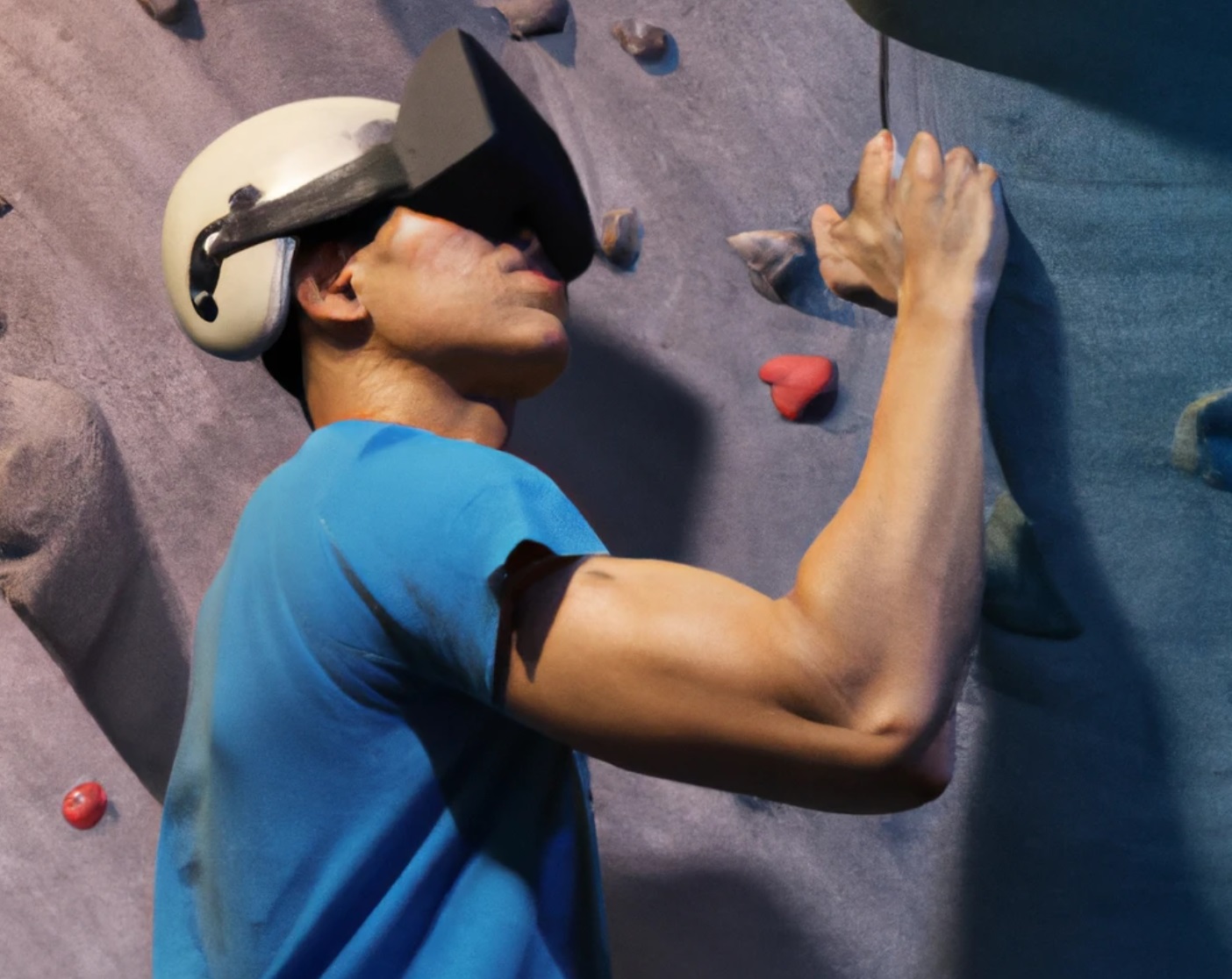Rock climbing has long been exhilarating for people to connect with nature, challenge their physical limits, and achieve personal growth. With the rapid technological advancements we’re experiencing in the 21st century, it’s worth pondering if the future of rock climbing could lie within the virtual realm. Could VR (Virtual Reality) provide the same adrenaline, challenge, and satisfaction as traditional rock climbing? Let’s dive in.
The Rise of Virtual Reality
In the past decade, virtual reality has gone from being a novelty to a mainstream platform for entertainment, training, and even exercise. The lifelike graphics and immersive soundscapes can trick our brains into feeling like we’re in another world, offering experiences that are sometimes more intense than real life.
VR Rock Climbing: What’s Currently Available?
Already, there are VR applications like ‘The Climb‘ that provide gamers and climbers alike with the experience of ascending steep cliffs, navigating tricky routes, and experiencing the thrill of the summit – all from the safety and comfort of their living room. These applications leverage the real-world physics of climbing and use haptic feedback in controllers to simulate the tactile sensation of gripping a hold.

Pros of VR Rock Climbing
- Safety: No risk of falls, injuries, or unpredictable weather conditions.
- Convenience: No need for specialized equipment or travel to remote locations.
- Versatility: Allows climbers to experience terrains from around the world and even fictional or historically significant climbs.
- Training Tool: Novice climbers can practice techniques and strategies without physical risks.
Cons of VR Rock Climbing
- Lack of Physical Engagement: While VR can simulate many aspects of climbing, the full-body exhaustion, and strain of an actual climb are hard to replicate.
- Lack of Real-World Elements: The unpredictability of nature – the wind, changing rock temperatures, and even the satisfaction of touching real rock – cannot be emulated.
- Social Aspect: Climbing is often a social sport, and while VR is improving its social features, it’s not the same as a shared physical experience.
The Verdict
While VR rock climbing can offer a unique and thrilling experience, it’s unlikely to replace the raw and primal sensation of real-world climbing. However, as a supplementary tool for training, entertainment, or even therapeutic purposes (think overcoming fears), it’s an invaluable technology.
Are you a rock climbing enthusiast or someone curious about the sport? Dive into the virtual world and experience the thrill of climbing from a new perspective. Whether you use VR as a training tool or as a new form of entertainment, the virtual mountains await your ascent. And remember, while the digital realm offers countless adventures, nothing beats the real-world experience. So, put on your climbing shoes and tackle both worlds with passion and curiosity!
